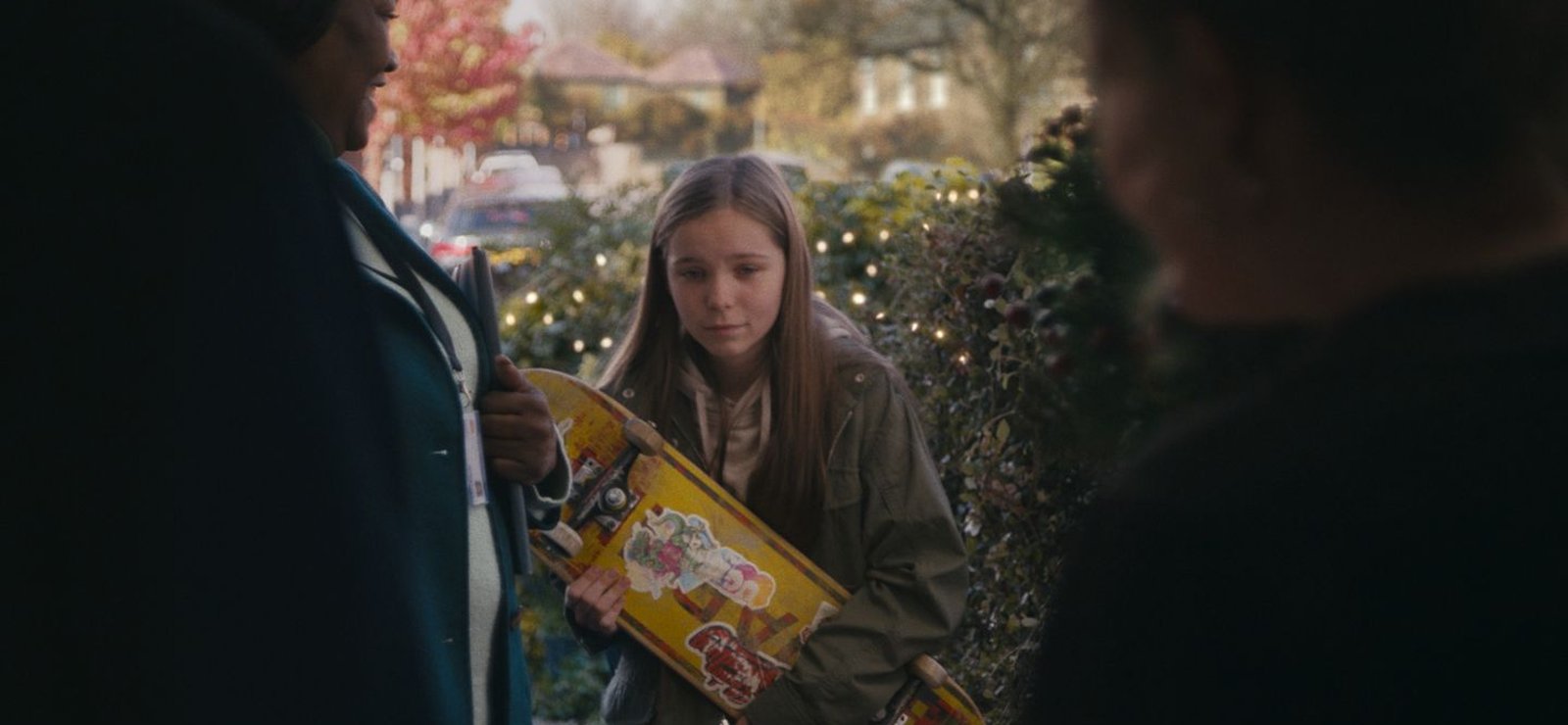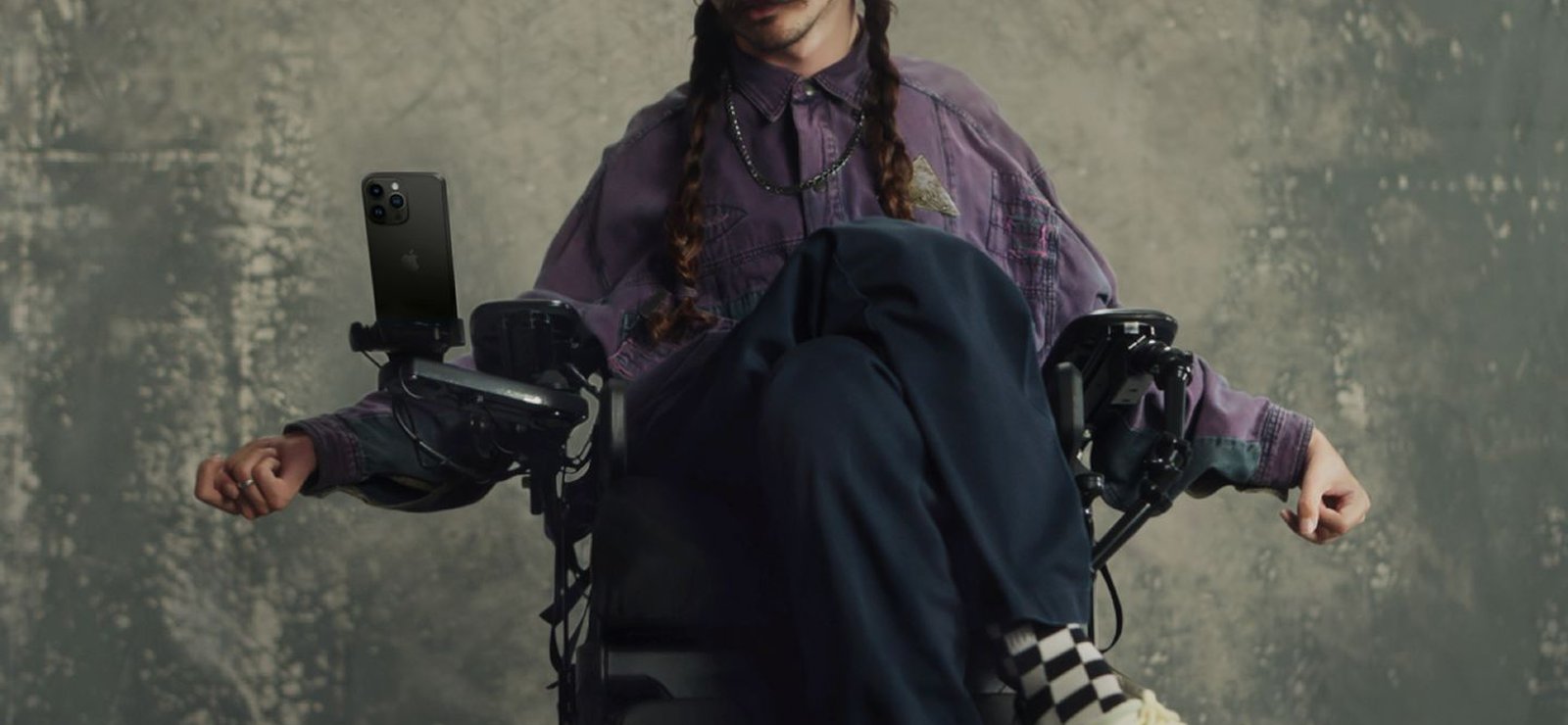
How The Last Photo uses a key insight about suicide to land an emotional message of support
In 2022, a series of 50 candid portraits depicting smiling, happy people appeared on London’s Southbank. Two days later, it was revealed live on ITV that everything wasn’t as it seemed — the images were in fact the last photos of people who had taken their own lives. The exhibition was part of a suicide awareness drive from the Campaign Against Living Miserably (CALM), in collaboration with the creative agency adam&eveDDB and ITV. The message was heartbreakingly simple: suicidal doesn’t always look how you might expect. The Last Photo was accompanied by a hard-hitting 90-second film and a series of out-of-home adverts, and the entire project took home an enviable 11 Pencils at this year’s D&AD Awards, including three Yellow Pencils. We spoke to the team at adam&eveDDB — Executive Creative Directors Ant Nelson and Mike Sutherland, and Head of Planning Will Grundy — about the project, and some of the challenges they faced in getting such a sensitive campaign over the line.

The power of the campaign lies in its simplicity
adam&eveDDB had worked with CALM before on Project84 — a 2018 art installation comprising 84 life-size statues perched on the edge of the roof of the ITV building on London’s Southbank. The statues were designed by renowned American sculptor Mark Jenkins, and were created in response to the statistic that every week 84 men (115 people in total) in the UK commit suicide. As the country came out of the pandemic, the stats had only got worse: now 125 people were tragically taking their lives each week. And it wasn’t just about men anymore, as suicides amongst young women were at their highest rates since records began in 1981. Clearly, the conversation had to shift towards the fact that suicide can affect anyone. The challenge was to make something as visually powerful as Project84, that hinged more on emotion than statistics. “CALM came to us with a problem to solve: how do we get people talking about suicide again in the context of the pandemic, knowing we need to talk more broadly and more emotionally than before,” states Ant Nelson.
The concept is devastatingly simple, and walking through the exhibition on the Southbank there was a sense that you were almost “hoodwinked into thinking it’s all quite joyous”. When the true nature of the images was revealed, the emotional impact was huge. But what inspired such an affecting visual campaign? “The actual creative execution came from an image that Mike found of the actor and comedian Robin Williams,” Nelson explains. “His last photo was of him beaming with a big smile, and that got us thinking about this common thread — the families of the victims, who work closely with CALM, kept saying that there were no signs.” Suicidal tendencies don’t always manifest themselves in the ways you might think, as Grundy adds: “We all think we know what the signs of suicide are meant to look like, but actually, it doesn’t look anything like that. It looks ‘happy’ and ‘normal’, and that insight was the thing that led to The Last Photo turning into the idea it did.”

Navigating an emotive subject matter sensitively
When dealing with topics as sensitive as suicide, it’s not enough to simply execute the creative and leave it there — there are certain considerations you have to take when you’re dealing with real people who’ve been affected, as Grundy explains: “Asking the bereaved families and friends to almost literally relive their experiences is an immensely triggering and upsetting experience, and we were very aware that we had to tread very carefully, that we had to provide very proactive and constant service provisions to everybody involved.” This involved offering therapy, through CALM, to every single person that took part and only speaking to each family for a limited amount of time, with a set amount of considered questions. “The level of service that CALM have provided to those families is such that we’re still, a year after the campaign went live, providing therapeutic services and outreach to them whenever they require it,” Grundy adds.
Let real stories come through with care
It would have been easy to come up with a flashy slogan or layout in order to grab people’s attention. But it soon became clear that it was better to let the subject matter do the talking. “When we originally started getting the photos in from the families, we explored different headlines and types of design,” Mike Sutherland says. They realised, however, that the real power of the idea lay within the images themselves. “We wanted the photos to be the hero of the exhibition, and anything we put around that had to be respectful and on point.” The photos really are the thing that stand out within the layout of the out-of-home advertising, as Nelson adds: “The design is super pared back, almost like in a gallery. There’s a lot of blank space; the image can breathe a little bit; and then just a simple line tucked in the bottom corner.” Each photo is presented as they came into CALM from the families — sometimes a little out of focus, sometimes a little over-exposed, but always “completely unretouched, which adds to the power of them”. As such, the strength of the campaign lies in the poignancy of the images.

Although it is an advertising campaign, it’s not in the traditional sense of trying to sell something — the brief was that it needed to lodge in people’s memory in order to help start the conversation and try to save lives. “If we were to put any kind of advertising spin on it, it would have been weaker for it,” Nelson says. “We weren’t making something up; the power of the campaign is the ‘un-glossiness’ of it.” One of the other challenges that The Last Photo had to overcome was the idea that suicide only happens to other people. “Thinking back to it, Project84 — as justifiably proud of it as we are — fell victim to this ‘othering’ of suicide,” Grundy says. “But The Last Photo shows that it can happen to anyone. Taking it down to that devastatingly human level is why it had the impact that it did as a campaign.”
Please remember, if you ever need CALM, they’re there every day, 5pm-midnight (UK), with free, confidential and practical support on 0800 58 58 58 or through webchat.
You can also contact Samaritans day or night, 365 days a year. You can call them for free on 116 123, email them at jo@samaritans.org, or visit www.samaritans.org to find your nearest branch in the UK.
Fine a list of international suicide helplines here.









